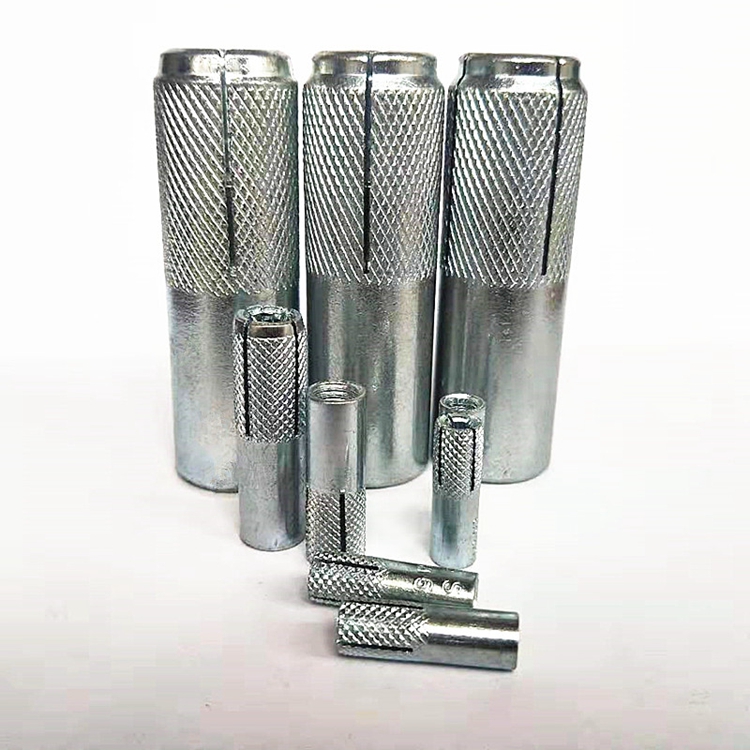Understanding the Application and Features of M30 Stud Bolts in Construction
Sep . 30, 2024 14:38 Back to list
Understanding the Application and Features of M30 Stud Bolts in Construction
Understanding M30 Stud Bolts A Comprehensive Guide
When it comes to industrial applications, fasteners play a crucial role in ensuring structural integrity and reliability. Among the various types of fasteners available, stud bolts are prominent, especially in heavy machinery, construction, and petrochemical industries. In this article, we will delve into the specifics of M30 stud bolts, their characteristics, applications, and best practices for selection and installation.
What is an M30 Stud Bolt?
The nomenclature of a stud bolt can be broken down into two components the letter 'M' denotes the metric measurement system, and '30' indicates the nominal diameter of the bolt, which is 30 millimeters. An M30 stud bolt is characterized by its cylindrical form and the absence of a head, which allows for versatility in joining two components. Instead of being fastened with a nut on one end, it typically engages with bolts or nuts on both sides, creating a strong and stable assembly.
Characteristics of M30 Stud Bolts
1. Material Composition M30 stud bolts are available in various materials such as carbon steel, stainless steel, and alloy steel. The choice of material often depends on the application environment. For instance, stainless steel is ideal for corrosive environments, while carbon steel is commonly used in non-corrosive conditions.
2. Strength Grades The strength of M30 stud bolts is graded based on the material properties. Common grades include 4.6, 8.8, and 10.9, where the first number indicates the nominal yield strength of the material in megapascals (MPa). Higher grades signify higher strength, making them suitable for high-stress applications.
3. Coatings and Finishes Many M30 stud bolts come with coatings to enhance their corrosion resistance and wear performance. These can include zinc plating, hot-dip galvanization, or other specialized coatings that provide additional durability in harsh environments.
Applications of M30 Stud Bolts
M30 stud bolts are widely used across various industries, owing to their robust characteristics. Some key applications include
- Construction In structural applications, M30 stud bolts are used to connect steel beams, frames, and other components, providing the necessary load-bearing capacity.
- Oil and Gas In the petrochemical sector, these fasteners are employed in pipelines and pressure vessels where high strength and resistance to harsh conditions are essential.
- Marine Given their resilience to corrosion, M30 stud bolts are also used in shipbuilding and other marine applications.
- Heavy Machinery Equipment requiring secure joints under high loads frequently employs M30 stud bolts due to their reliability and strength
.m30 stud bolt

Selecting the Right M30 Stud Bolt
Choosing the right M30 stud bolt for your application requires careful consideration of several factors
1. Load Requirements Assess the load conditions that the stud bolt will face, including static and dynamic loads, as well as any potential shock loading.
2. Environmental Factors Analyze the environmental conditions to which the fasteners will be subjected. This includes exposure to moisture, chemicals, and temperature fluctuations.
3. Standards and Certifications Ensure that the stud bolts meet relevant industry standards and certifications, which may be crucial for safety and compliance.
4. Thread Specifications M30 stud bolts come with various thread forms, including standard or fine threads. Choosing the appropriate thread type is essential for proper fastening and load distribution.
Installation Best Practices
To maximize the performance of M30 stud bolts, proper installation techniques should be followed
- Torque Specifications Ensure that the stud bolts are tightened according to the manufacturer's torque recommendations to prevent failure or loosening over time.
- Alignment Proper alignment of components being fastened is critical to distribute the load evenly across the stud bolt.
- Inspection and Maintenance Regularly inspect the condition of stud bolts as part of maintenance routines, especially in dynamic environments where wear and fatigue may occur.
Conclusion
M30 stud bolts are indispensable in various industries due to their strength, versatility, and reliability. Understanding their characteristics and proper applications can lead to enhanced structural integrity in numerous engineering projects. By selecting the right materials, adhering to installation best practices, and maintaining the components regularly, users can ensure the longevity and effectiveness of their fastening solutions.
Latest news
-
Reliable Wire Bolts Suppliers | Quality Zinc Plated Fasteners
NewsAug.26,2025
-
Wire Bolts Suppliers: Durable & Reliable Fasteners for Every Project
NewsAug.25,2025
-
Premium Cabinet Bolts Supplier | Wholesale & Custom Solutions
NewsAug.24,2025
-
Reliable Axle Nuts Supplier | Quality & Precision Fasteners
NewsAug.23,2025
-
Durable Bolts for Lawn Mower Handle - Top Supplier & Manufacturer
NewsAug.22,2025
-
High-Quality Bolts for Lawn Mower Handle Supplier & Manufacturer
NewsAug.21,2025
